A Quick Intro: Red Light vs. Near-Infrared Light
Red Light Therapy, also referred to as photobiomodulation (or PBM), is a non-invasive treatment, that exposes the skin to low levels of red or near-infrared light.
This red light and near-infrared light pass the light energy to your cells--essentially giving them their morning cup of coffee, waking them up, stimulating them, and enabling them to perform their functions more efficiently. Red light and near-infrared light both have a wide range of potential benefits in health and rejuvenation, but the two differ in terms of wavelength and how they each interact with the skin and body.
Red light typically utilizes shorter wavelengths of red light, visible to the human eye. This shorter wavelength primarily interacts with the surface layers of your body, like the skin and hair. This stimulates and strengthens the mitochondria (the powerhouse of the cell) giving the cell more energy to repair and regenerate. Red light has been shown to help enhance wound healing and hair growth, and treat various skin conditions from rashes to rosacea, while also promoting collagen production to help fight signs of aging and improve your overall complexion.
Near-infrared light employs longer wavelengths beyond the visible spectrum. Due to its longer wavelength, near-infrared light can penetrate deeper within the body, increasing blood circulation to help the body’s repair process for tissues, muscles, organ functioning, joints, nerves, and even bones. The non-visible light is working on your non-visible cells, and this deeper penetration makes near-infrared light beneficial for reducing inflammation, alleviating pain, and accelerating recovery.
Red Light Therapy has gained immense popularity in the skincare realm for anti-aging benefits. Studies have shown red light helps to improve skin tone and reduce hyperpigmentation, improve skin texture and roughness, and increase collagen density, which is vital for skin structure, elasticity, and reduction of fine lines and wrinkles.

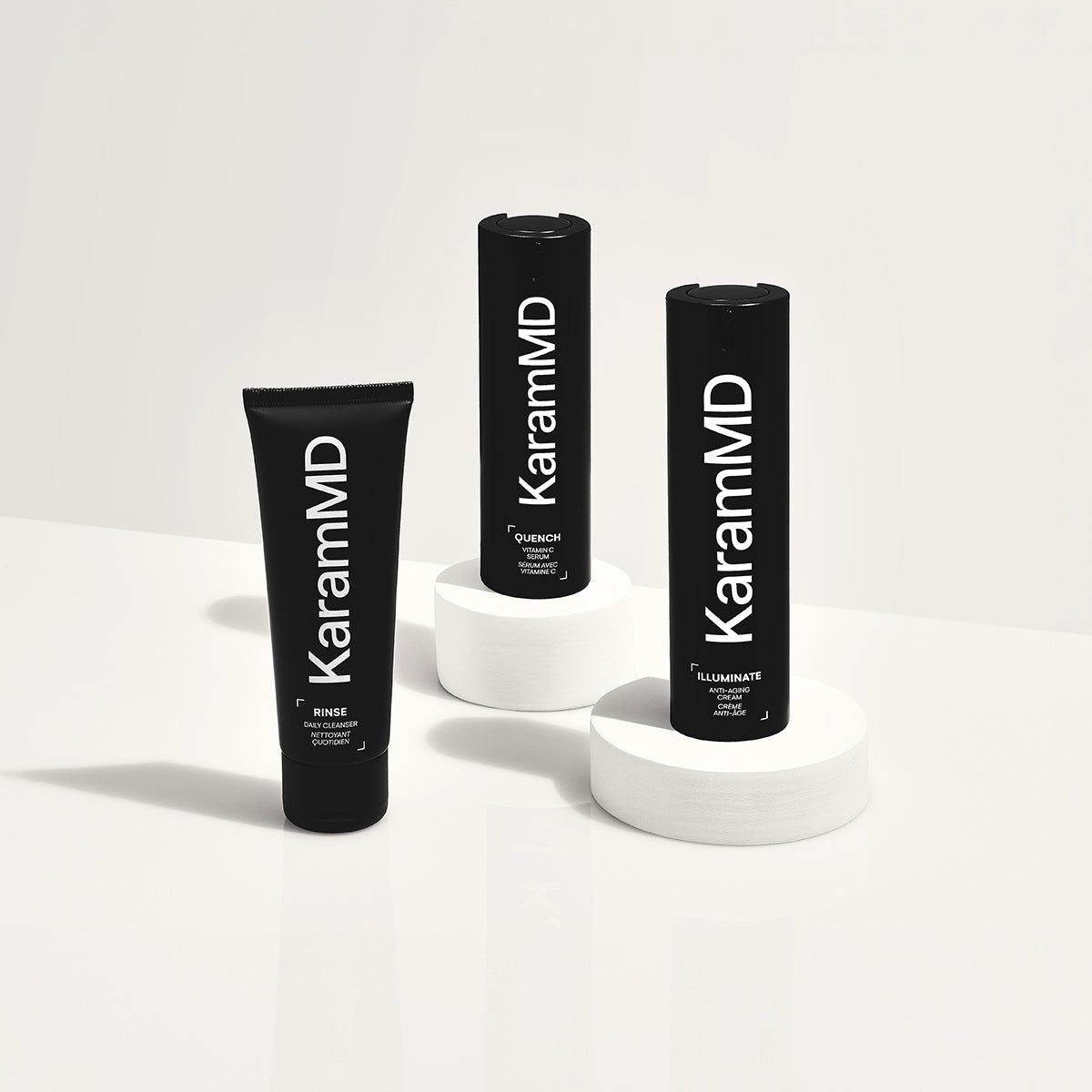
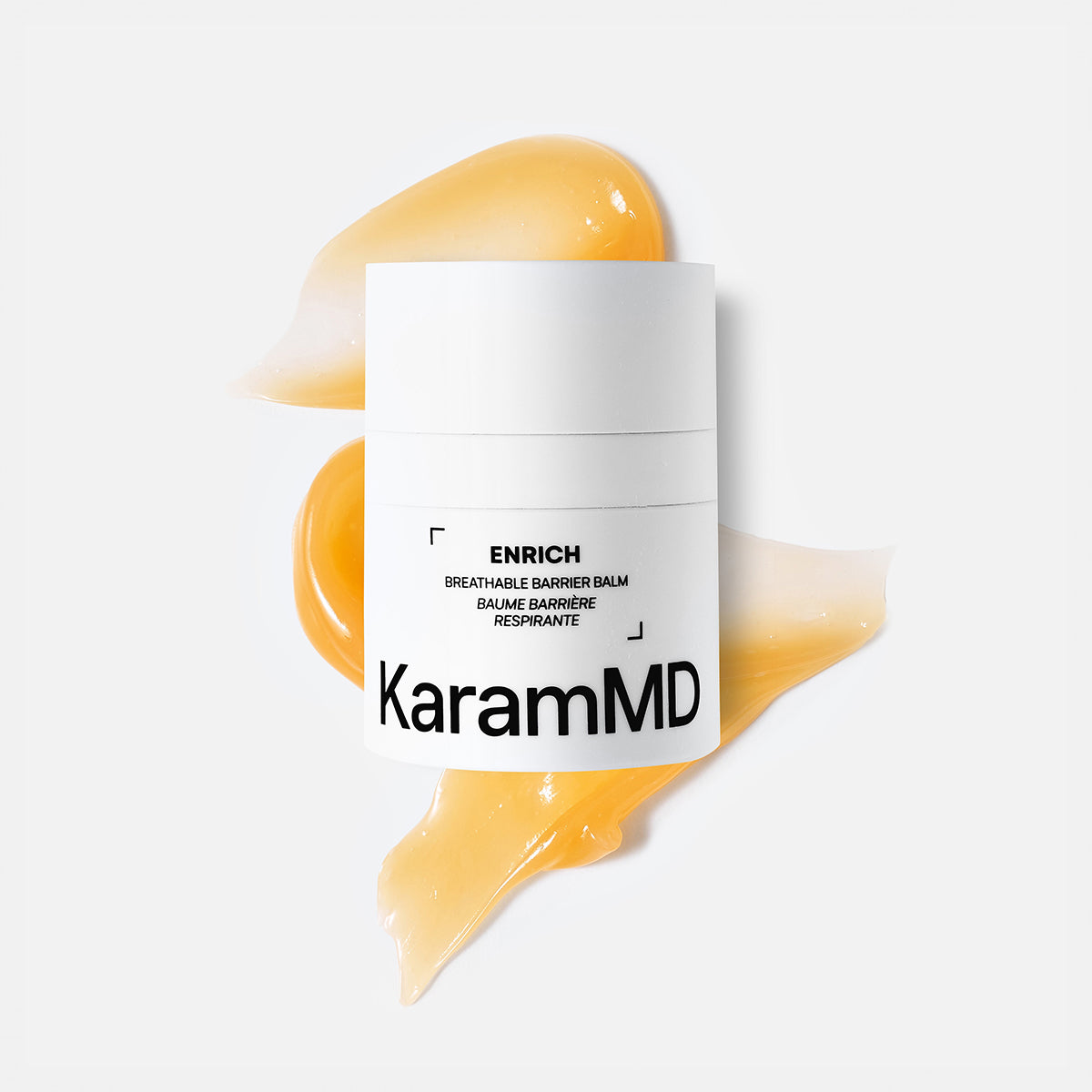
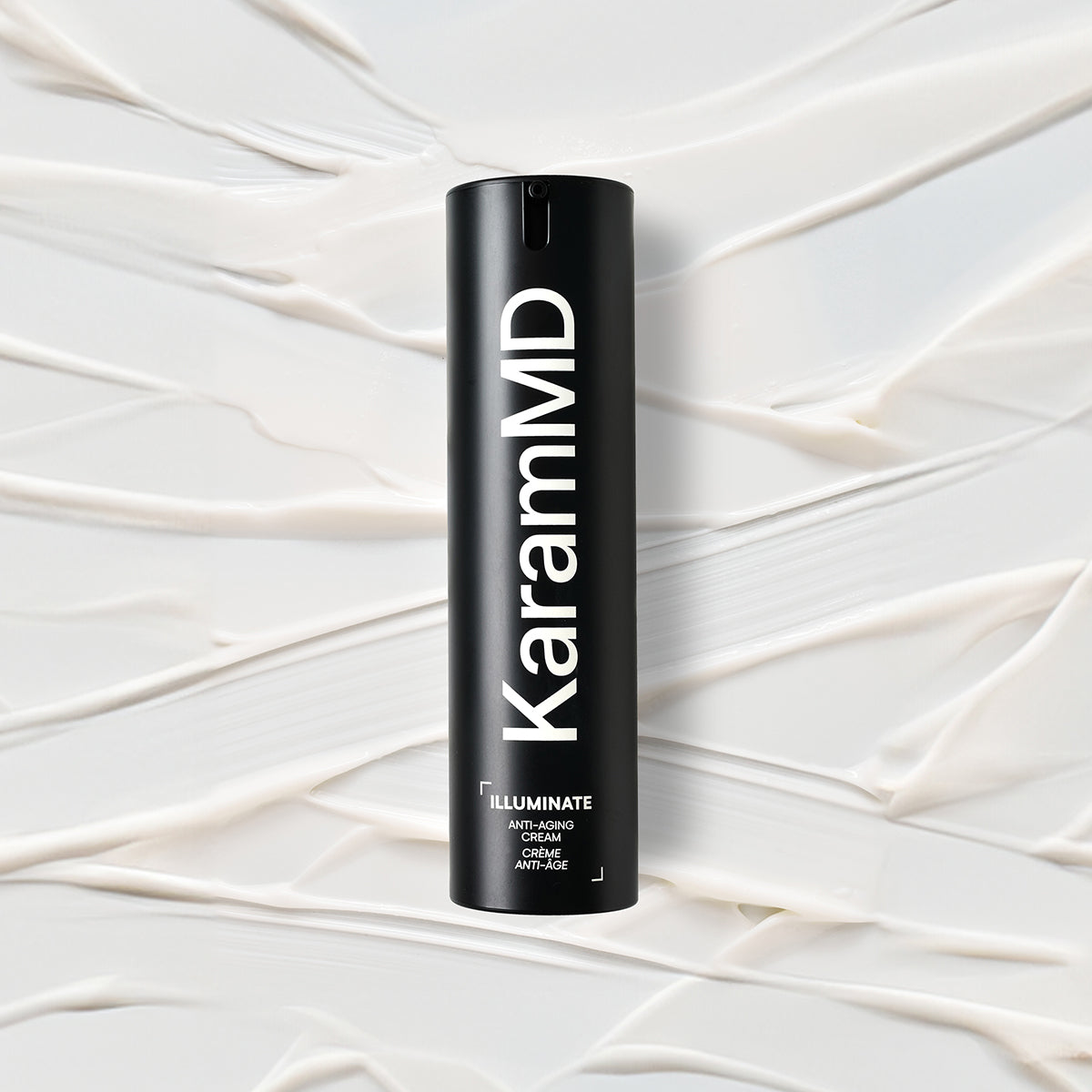
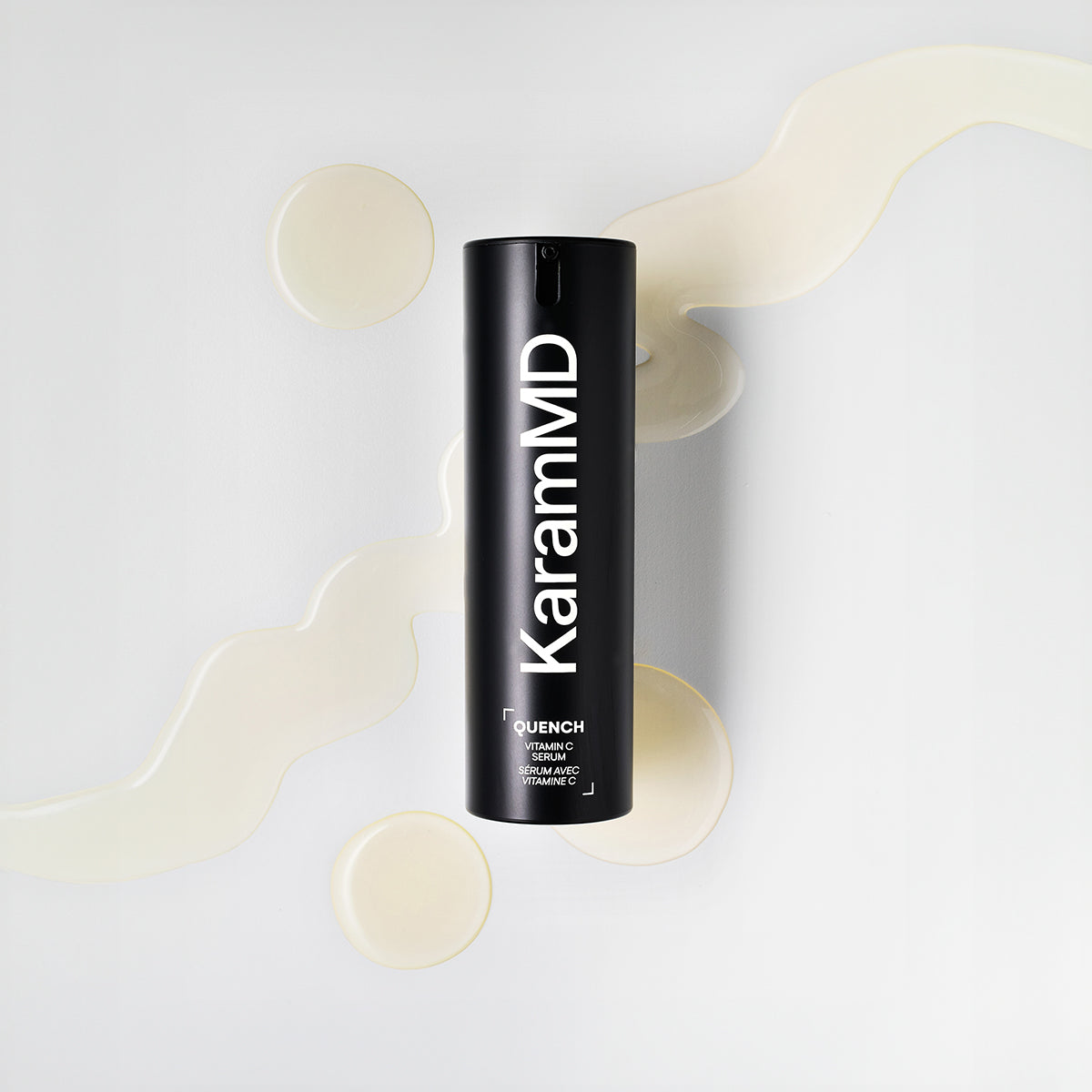
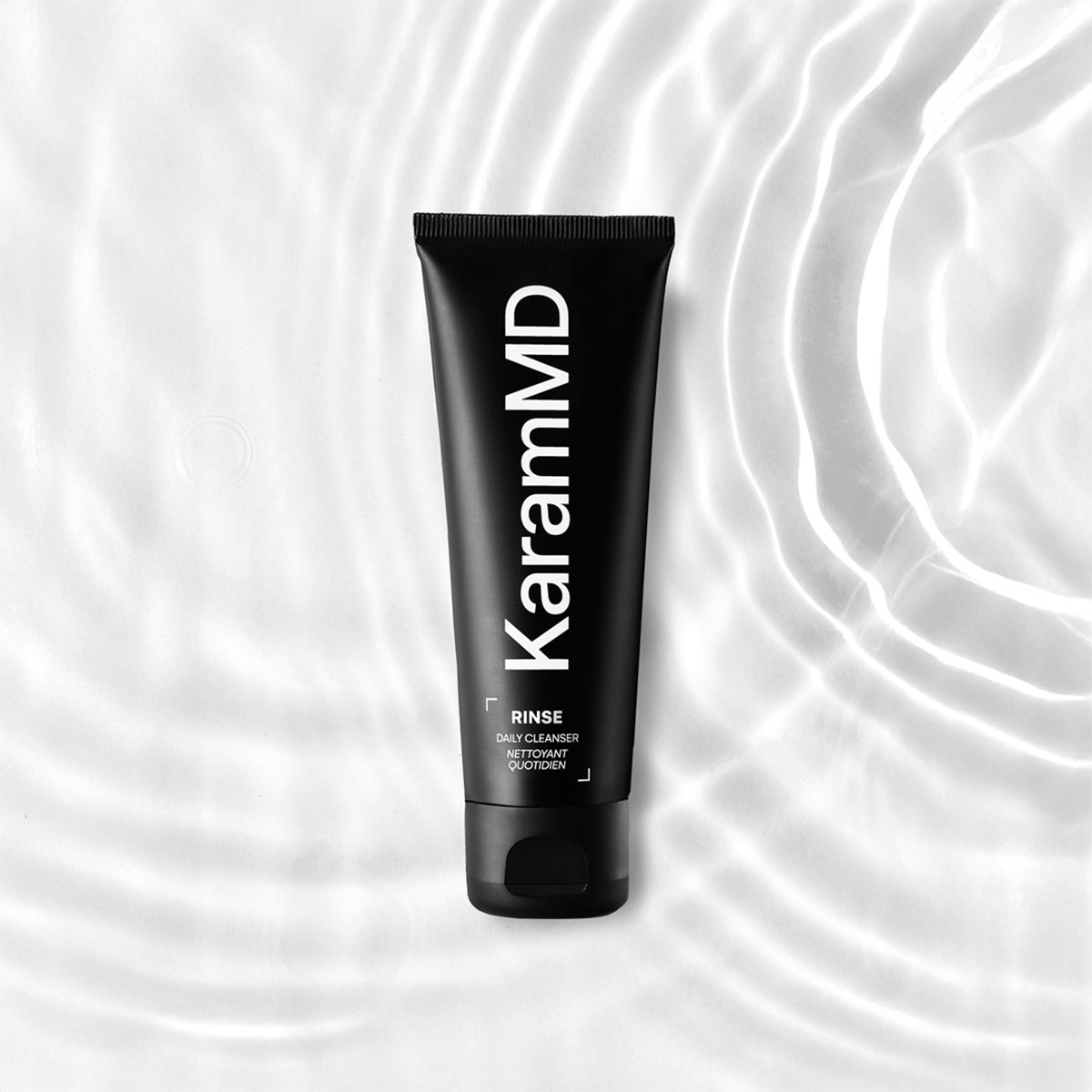
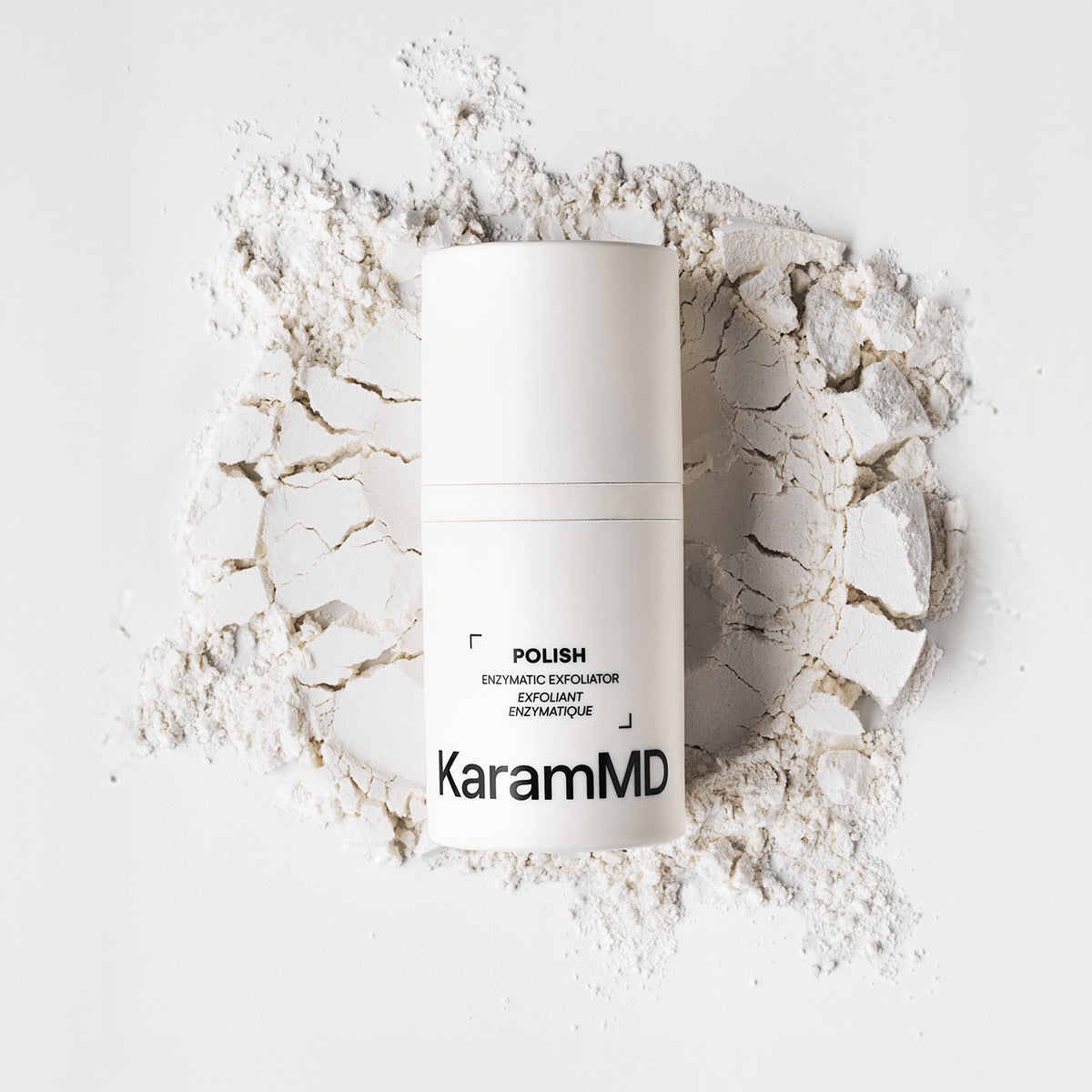
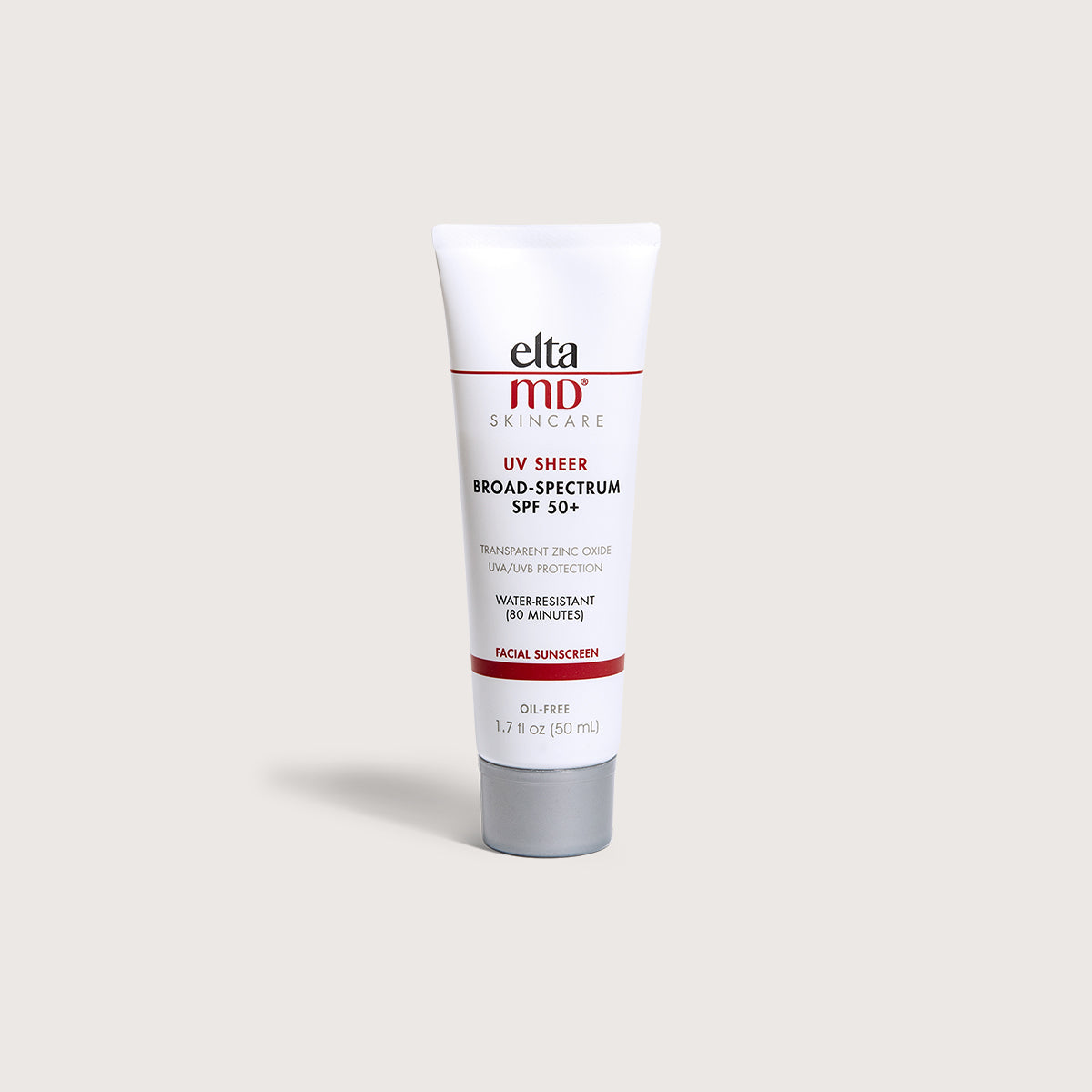
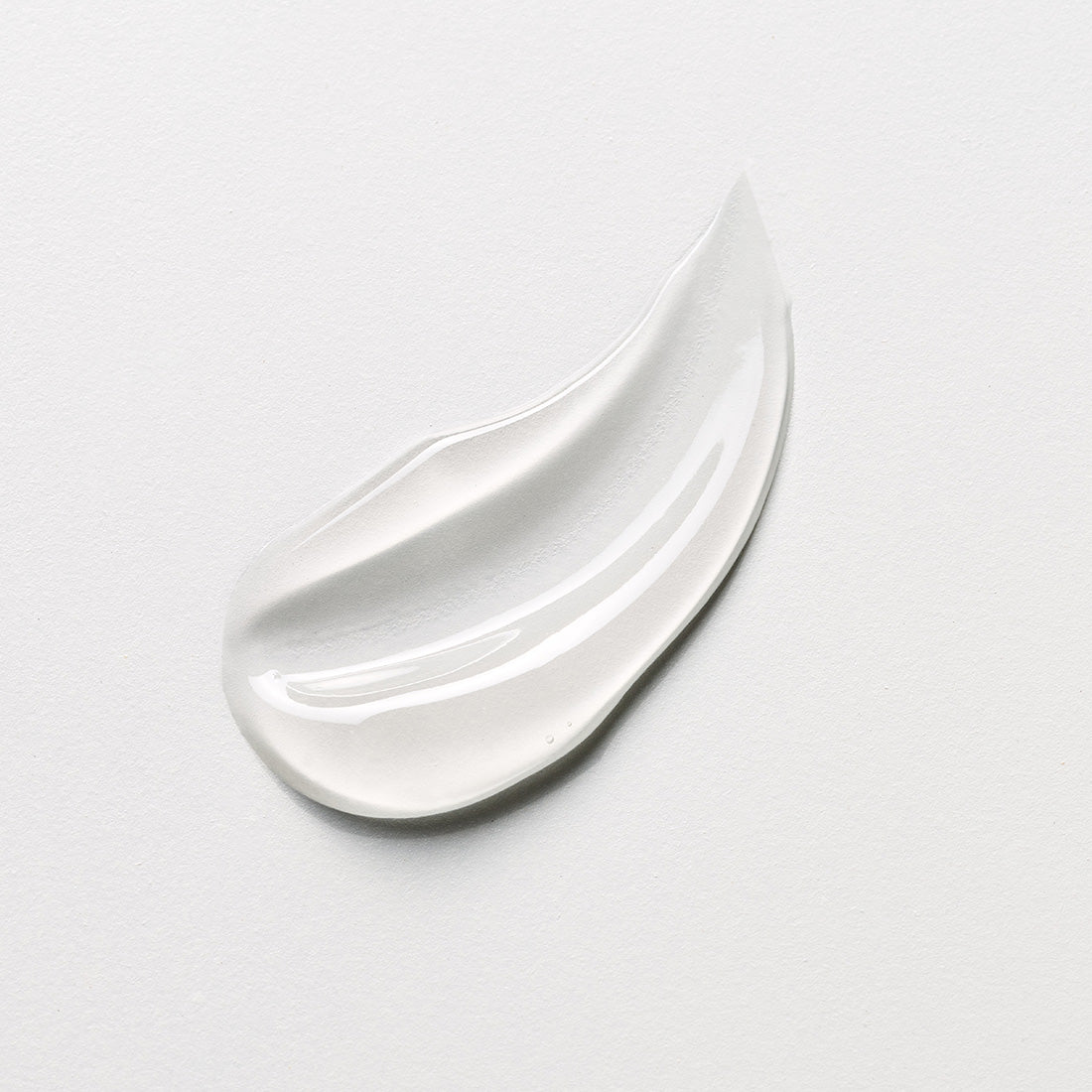
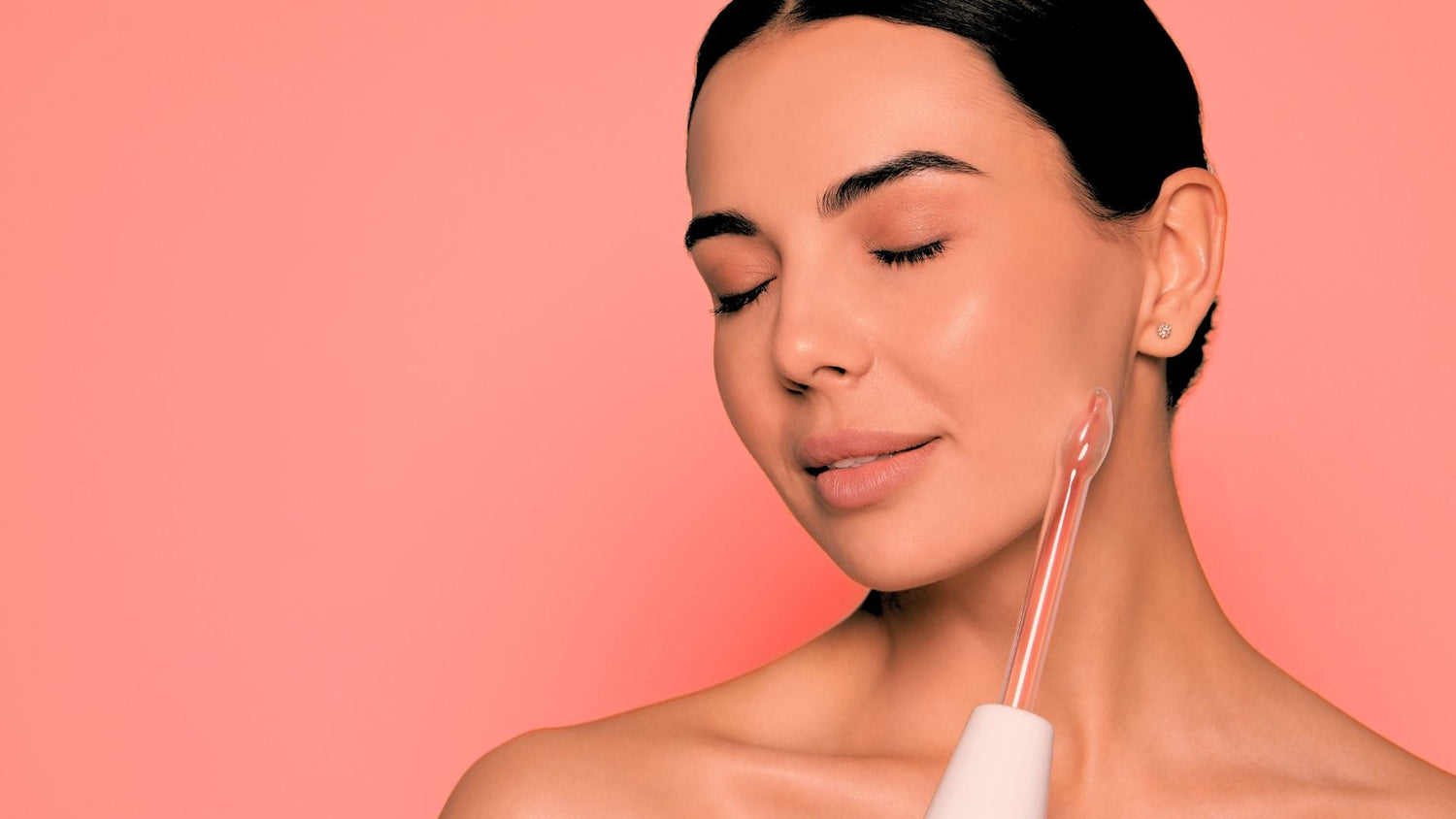


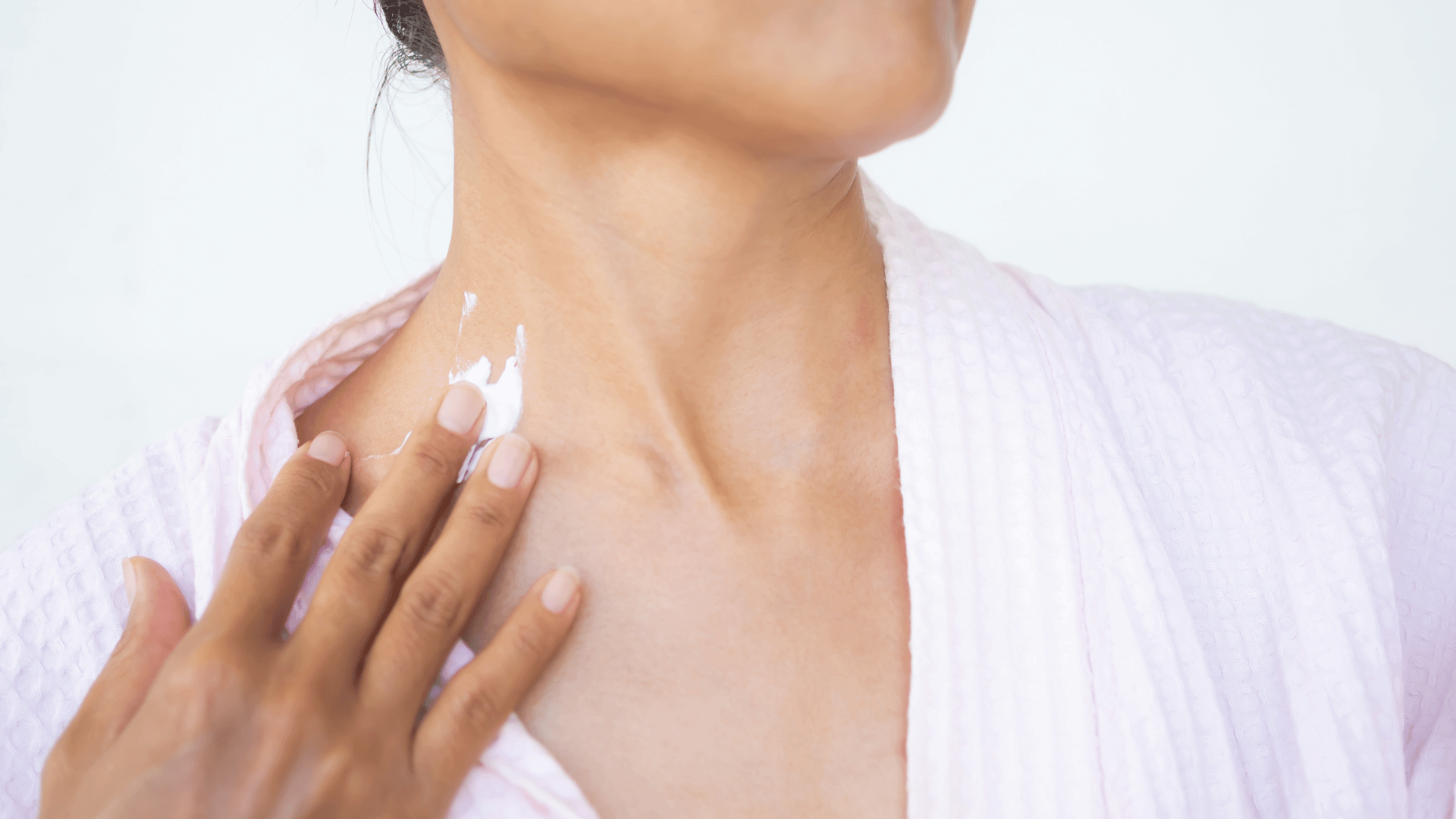

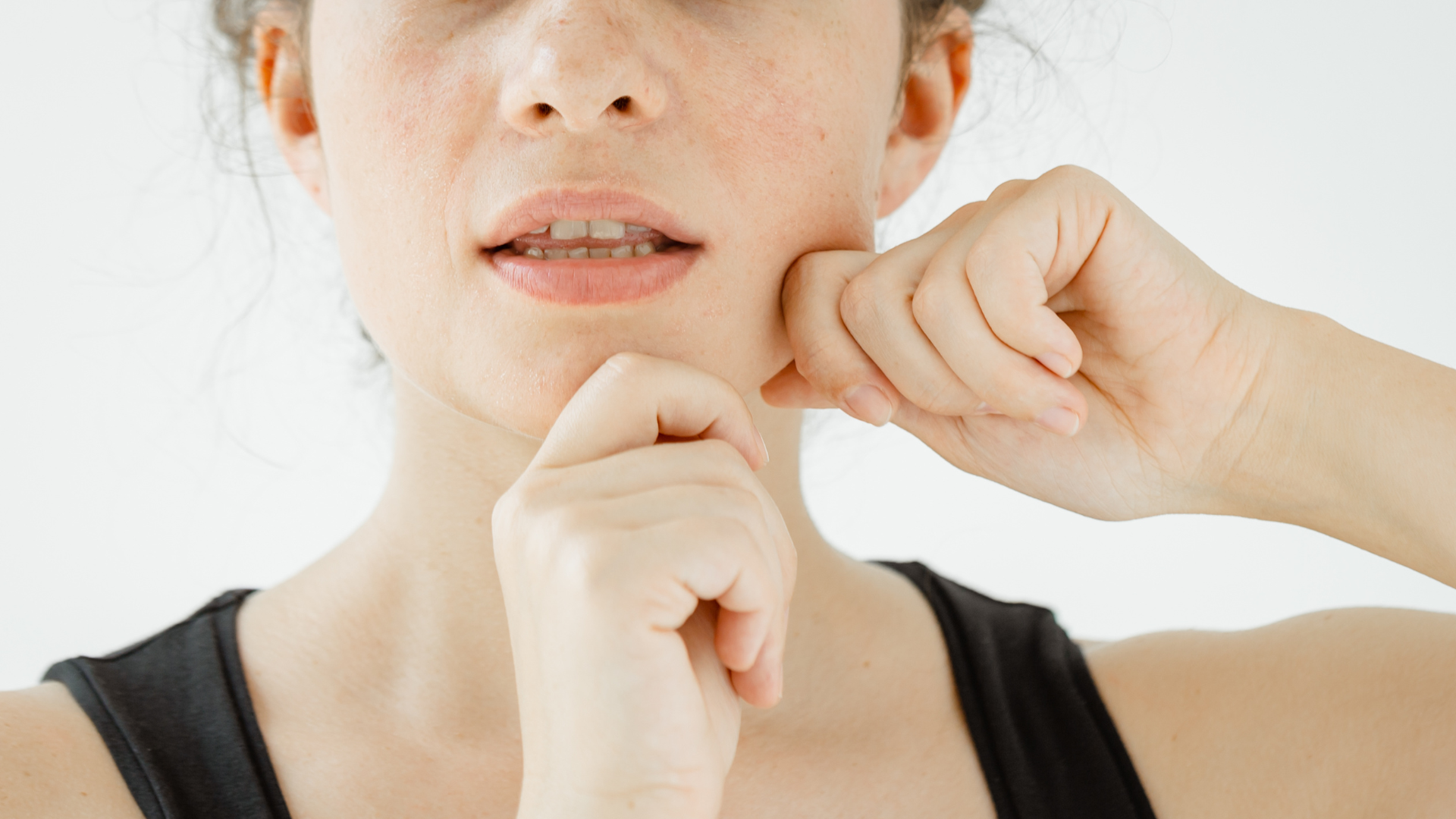
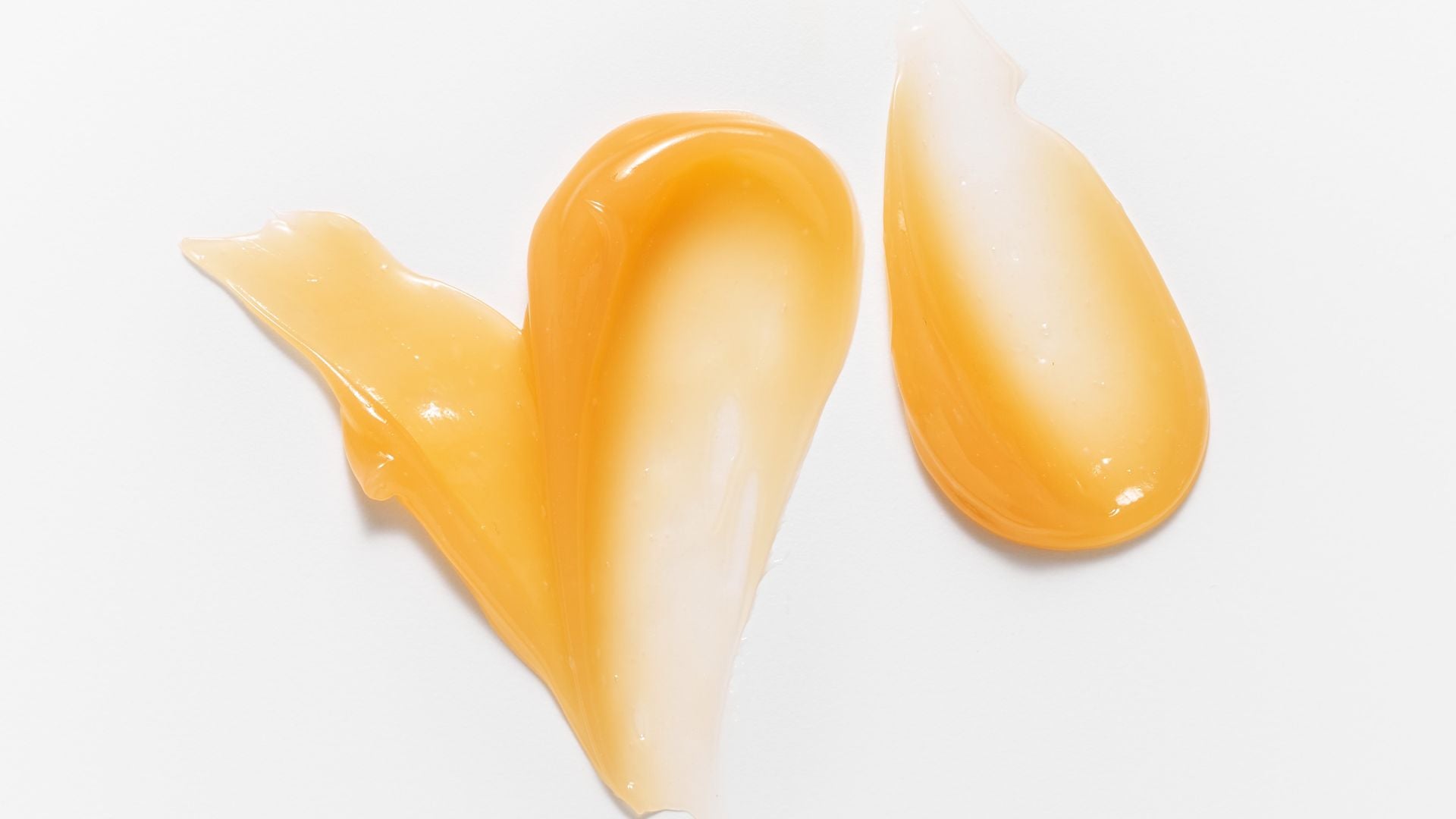

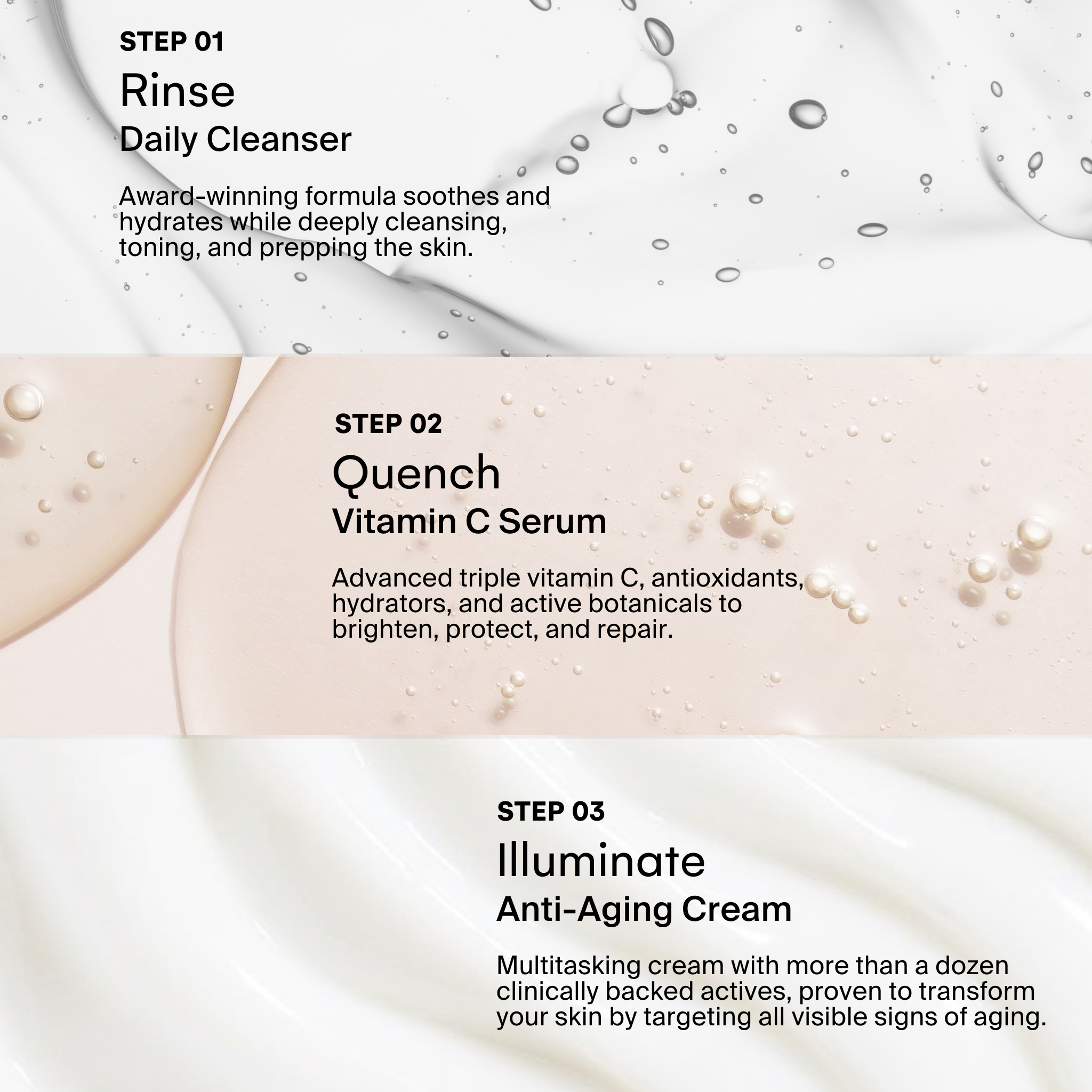
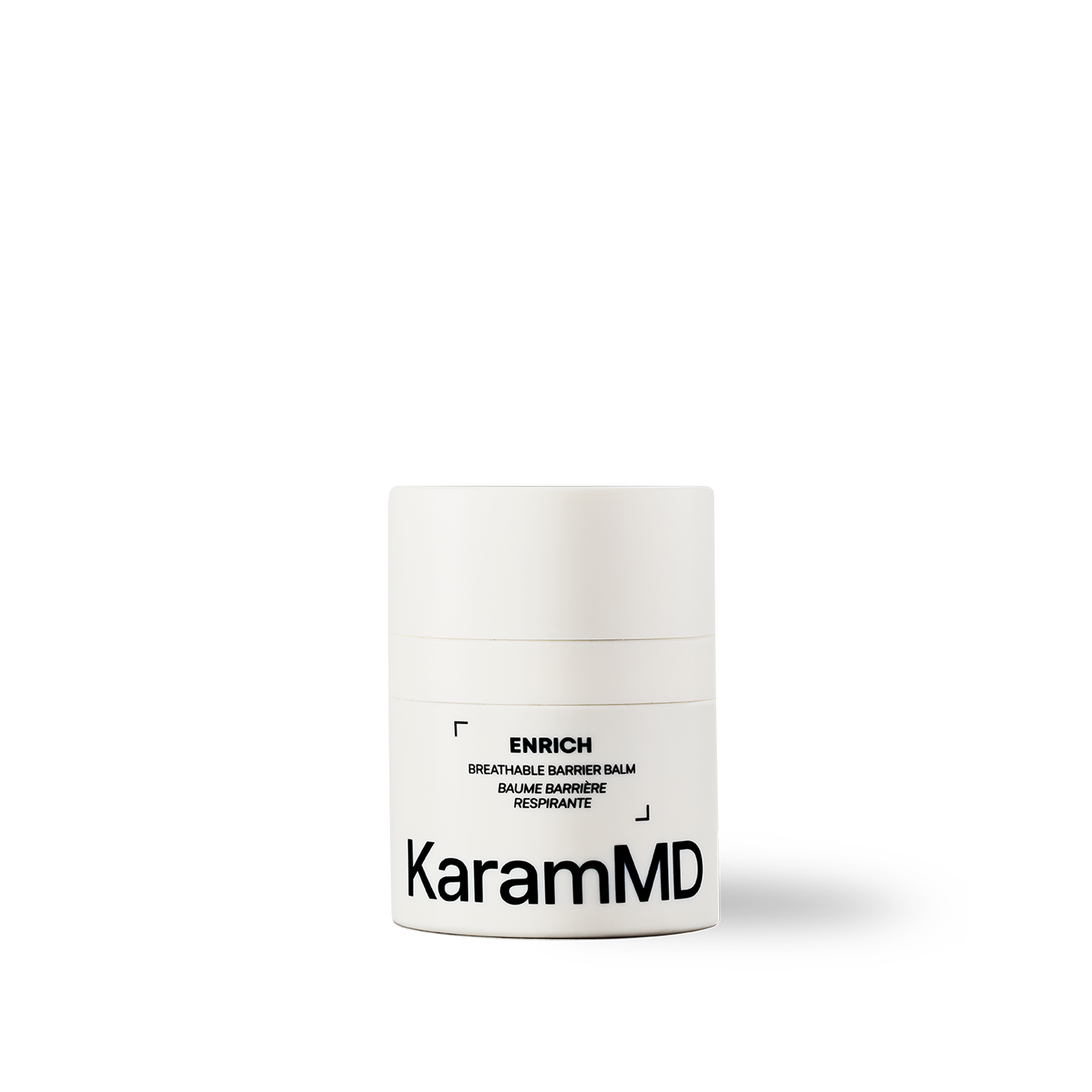
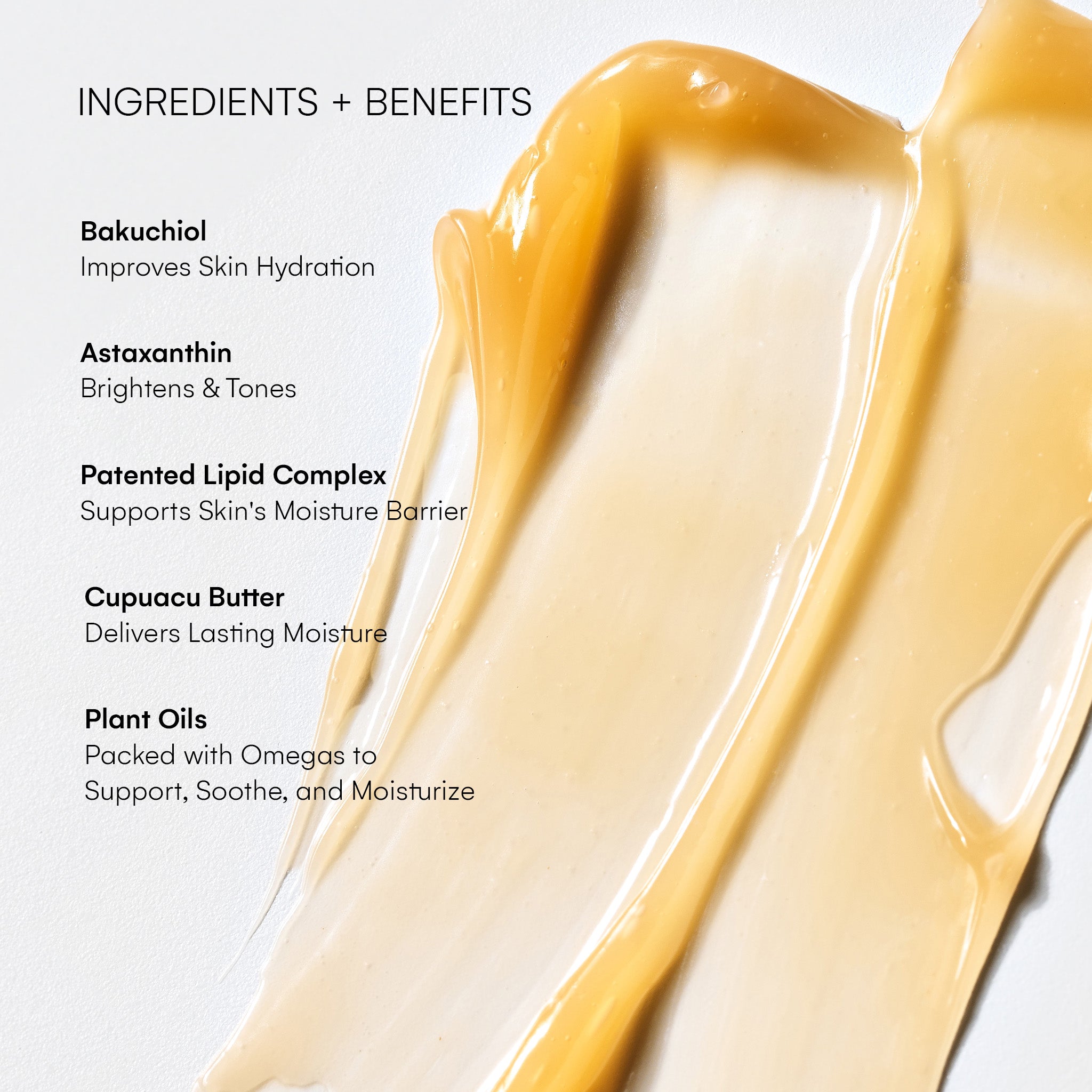
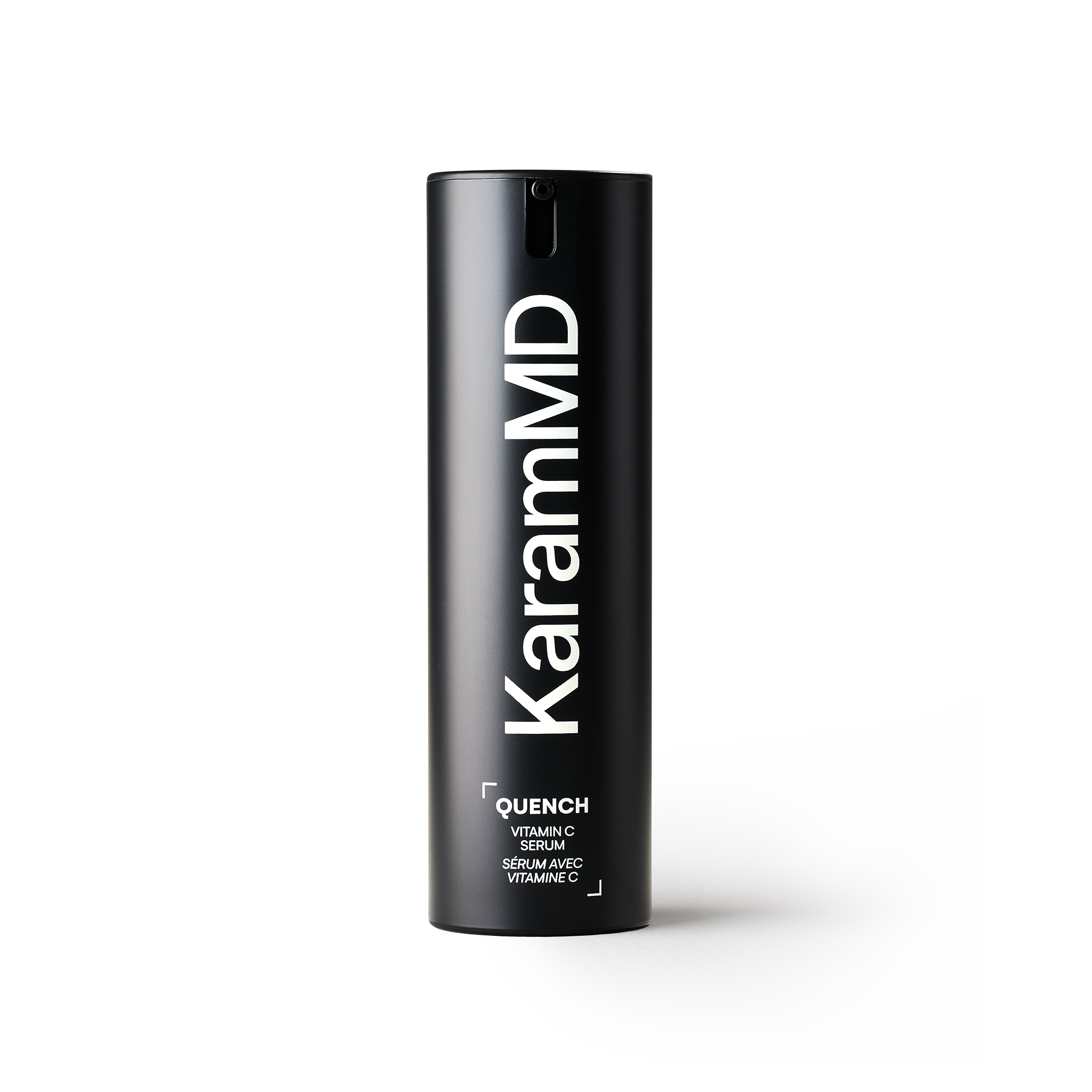
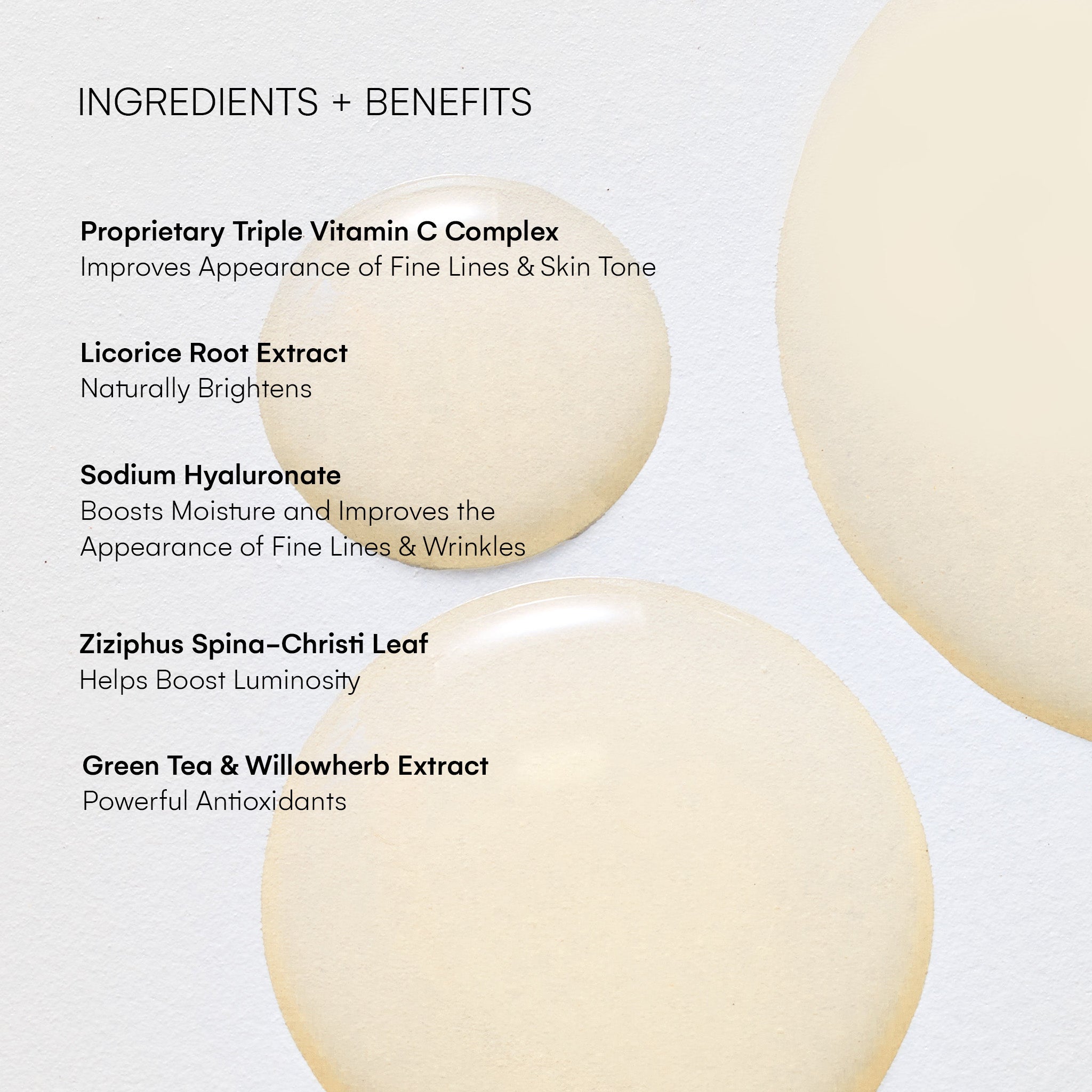
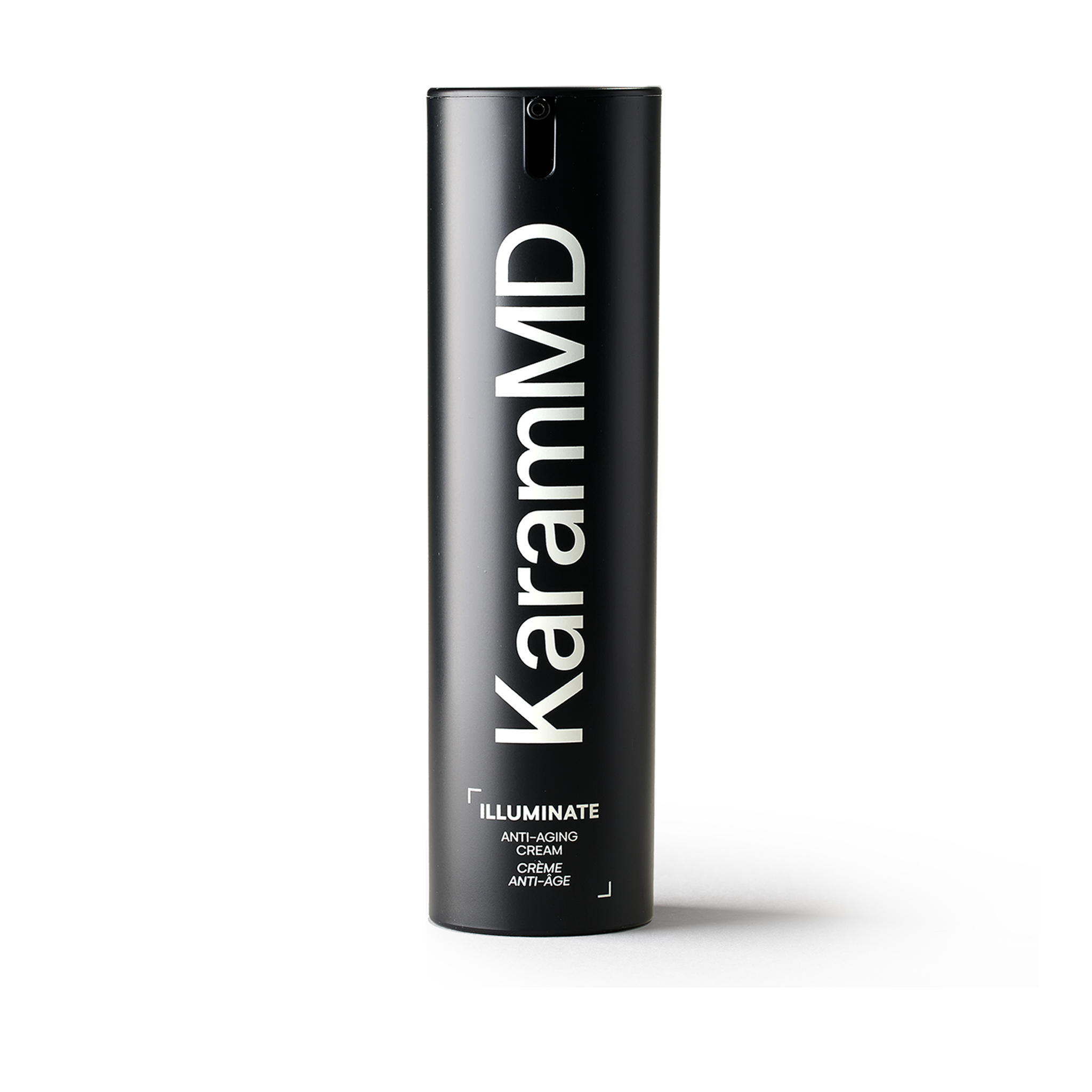

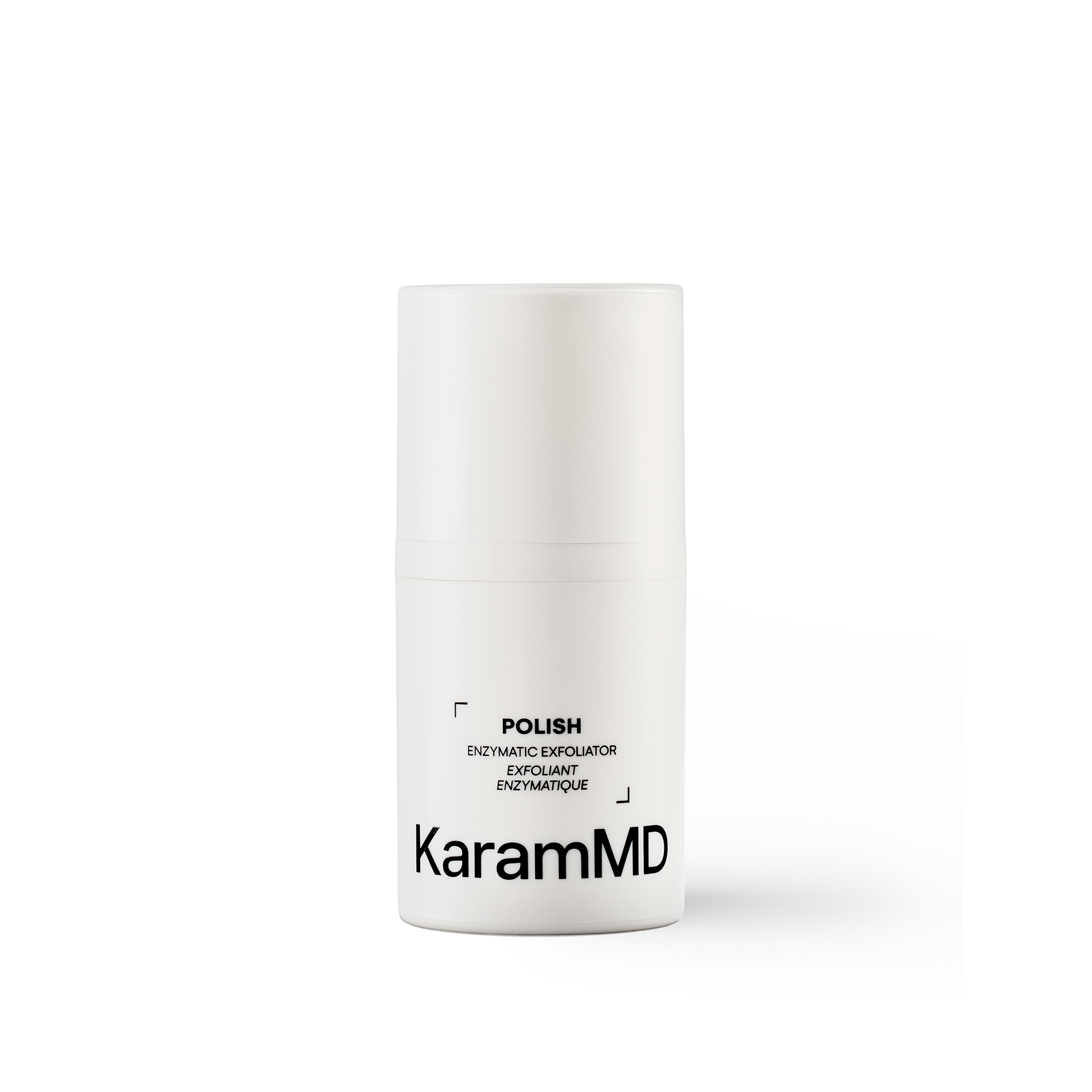
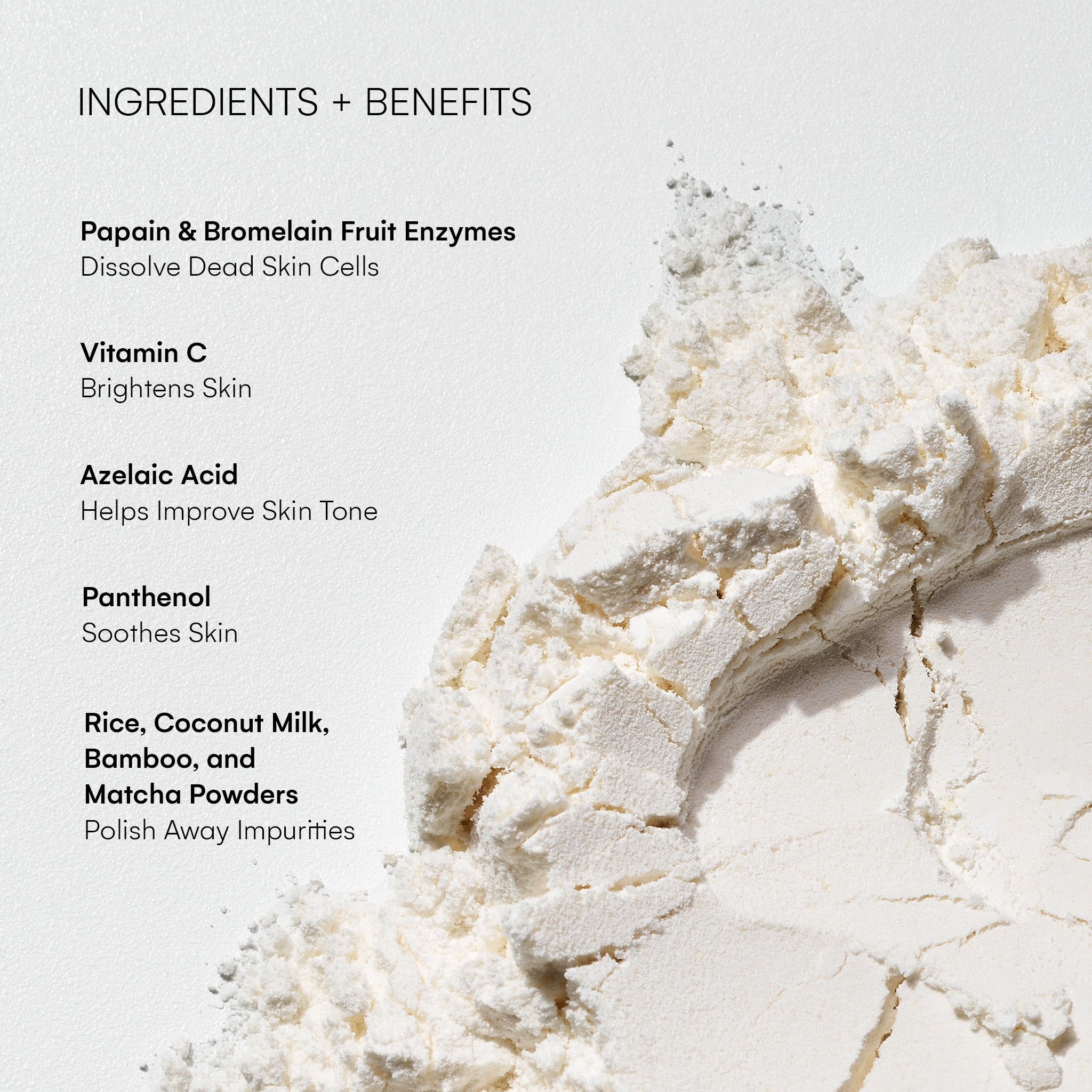
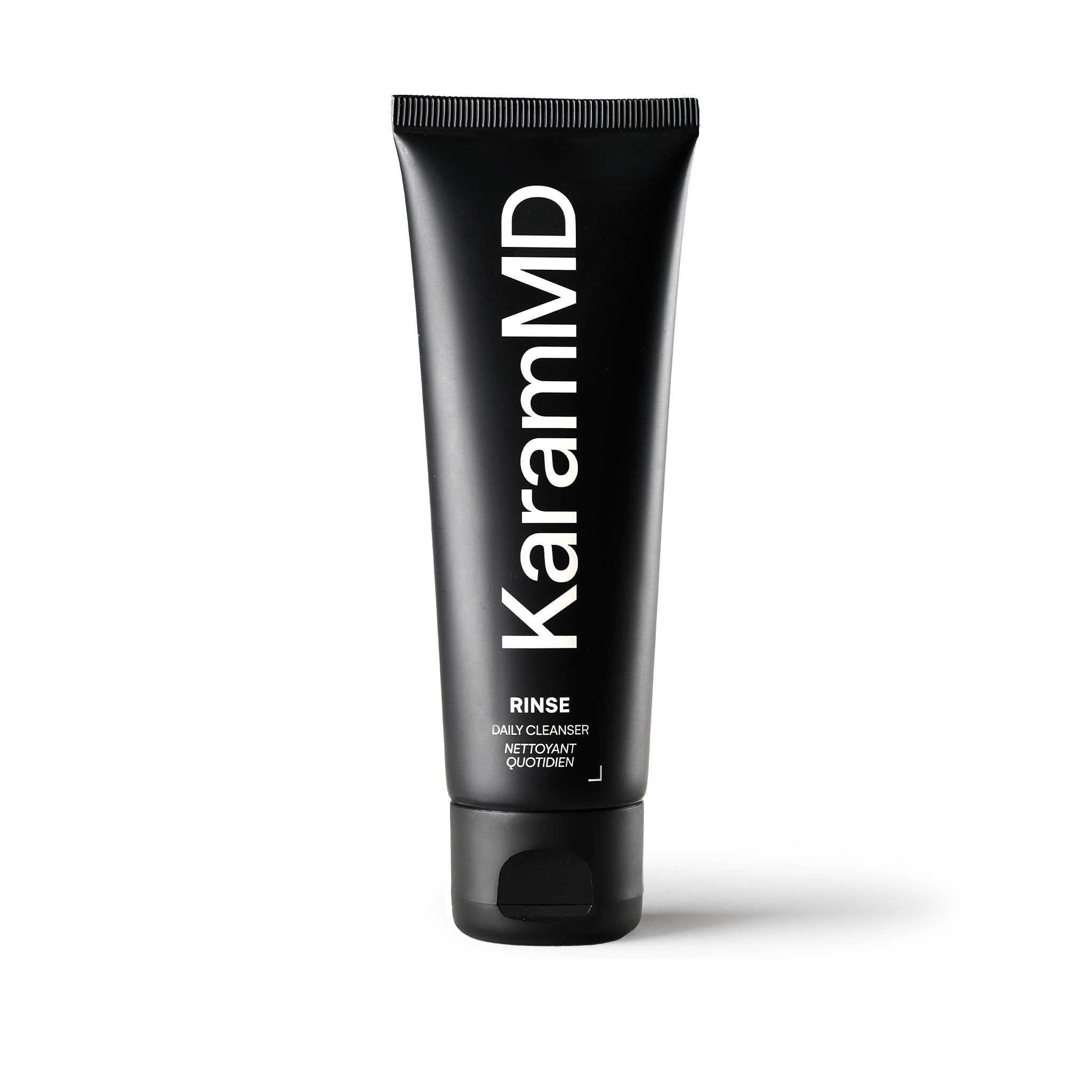
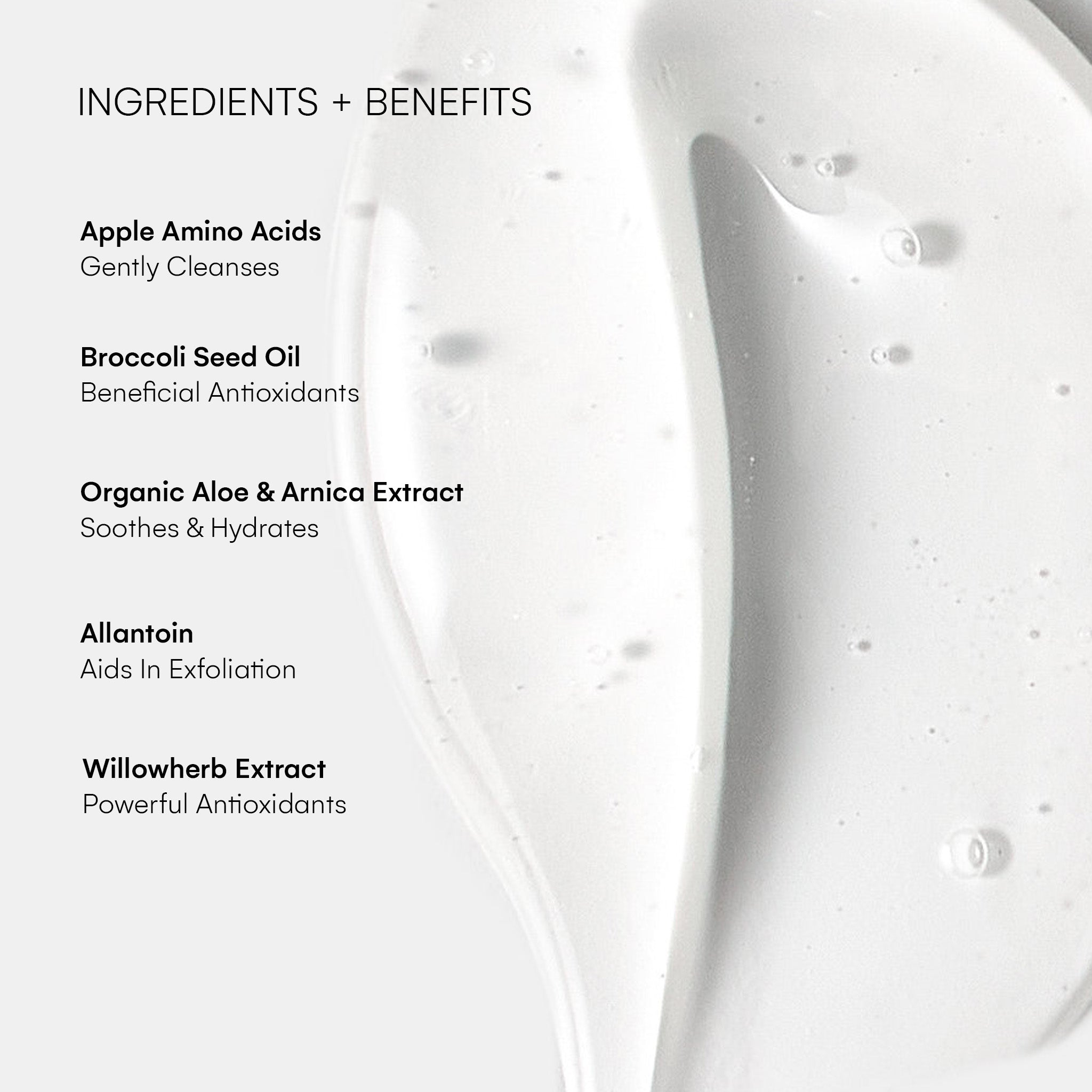
6 comments
Clay Herring
Had my deluxe red light therapy machine for only three months. The on/off switch is NOT turning the machine on. Tried a lot of different things. Please help.
Ghazala MIAN
Dear Dr which red light cap are u wearing for 30 min plz?
Any resource of combined therapy incl pain relief ?
———
KaramMD Skin replied:
Hi Ghazala—Thank you for your comment! Thank you for your message! While we don’t have a specific recommendation for a red light cap, we’re happy to offer some guidance on what to look for when choosing a quality device. We recommend looking for caps that have been independently tested, use wavelengths in the therapeutic range of 630-680 nm, and offer sufficient power output (measured in mW/cm²) to ensure effective light penetration to the scalp. Additionally, it’s important to choose a cap that is FDA-cleared or has other certifications indicating safety and quality.
Shylo Sampson
Can you please suggest some brands for red light face mask please
———
KaramMD Skin replied:
Hi Shylo—Thanks for your comment! We don’t recommend any specific brand of red light device. The most important piece is to find the appropriate wavelength for your needs and make sure the device is FDA approved with an irradiance between 660-800nm (depending on goals of treatment). When you find something that fits, check that it has great reviews and comes from a reputable company.
Linda
How do I know for sure that I’ve received an authentic red light mask and not just red light bulbs.
———
KaramMD Skin replied:
Hi Linda—Thank you for your comment. To ensure you’ve received an authentic red light therapy mask, check the wavelengths, irradiance levels, and manufacturer’s reputation, and look for appropriate certifications. If these details aren’t provided or if the device seems to function more like a standard light mask, it may not be a genuine therapeutic device. Always purchase from reputable sellers who provide clear specifications and guarantees. Make sure your device is fda approved and has an irradiance between 660-800nm.
Rocio Rodriguez
Hello, Can I use the LED if Im taking thyroid medication?
———
KaramMD Skin replied:
Hello Rocio—Yes, you can generally use LED light therapy while taking thyroid medication. LED light therapy operates at wavelengths designed to target skin layers and stimulate collagen production, reduce inflammation, and improve skin texture without impacting thyroid function or interfering with thyroid medications. However, it’s always a good idea to double-check with your healthcare provider, as they can give you advice based on your specific health situation.
Leave a comment
All comments are moderated before being published.
This site is protected by hCaptcha and the hCaptcha Privacy Policy and Terms of Service apply.